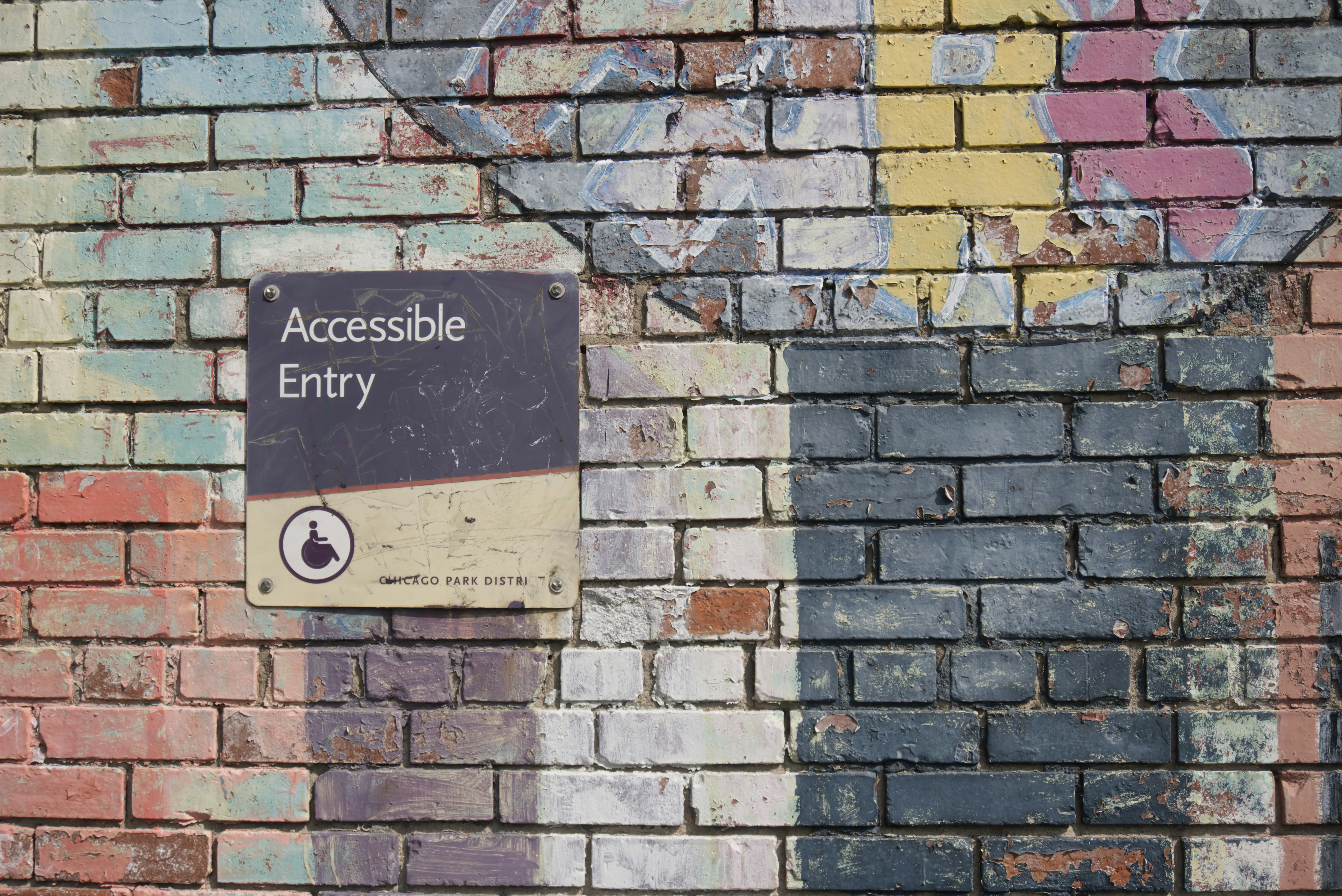Actionable Tips to Improve Usability and Engagement of Educational Websites
Introduction
Having a well-designed and user-friendly website is crucial for educational institutions. A website that is easy to navigate and engaging for visitors can greatly enhance the overall user experience and increase engagement. In this article, we will explore some actionable tips to improve the usability and engagement of educational websites using WordPress.
1. Simplify Navigation
One of the key factors in improving the usability of an educational website is to have a clear and intuitive navigation menu. Visitors should be able to easily find the information they are looking for without getting lost in a complex maze of pages. Here are a few tips to simplify navigation:
- Use descriptive labels for menu items that clearly indicate what content can be found under each category.
- Organize the menu items in a logical and hierarchical structure, making it easier for visitors to navigate through different sections of the website.
- Include a search bar to allow users to quickly find specific information.
2. Optimize Page Load Speed
A slow-loading website can be frustrating for visitors and can lead to high bounce rates. To improve the engagement on your educational website, it is important to optimize the page load speed. Here are a few tips:
- Choose a reliable and fast hosting provider for your WordPress website.
- Optimize images by compressing them without losing quality.
- Minify CSS and JavaScript files to reduce file sizes.
- Use caching plugins to store static files and serve them to visitors more quickly.
3. Incorporate Multimedia
Engaging content goes beyond text. By incorporating multimedia elements into your educational website, you can capture the attention of your visitors and make the learning experience more interactive. Here are a few ways to incorporate multimedia:
- Include relevant images and graphics to visually enhance your content.
- Embed videos or audio recordings to provide additional explanations or demonstrations.
- Create interactive quizzes or games to make learning more fun and engaging.
4. Implement Social Sharing
Social media has become an integral part of our lives, and it can play a significant role in increasing the engagement on your educational website. By implementing social sharing buttons, you allow visitors to easily share your content with their networks, thereby increasing its reach. Here are a few tips:
- Add social sharing buttons to your blog posts, articles, and other relevant content.
- Make it easy for visitors to follow your social media accounts by including social media icons on your website.
- Encourage visitors to share their thoughts and opinions by providing comment sections or discussion forums.
5. Provide Clear Calls to Action
When visitors land on your educational website, it is important to guide them towards the desired actions. Whether it is signing up for a newsletter, enrolling in a course, or requesting more information, clear calls to action can significantly improve user engagement. Here are a few tips:
- Place prominent and visually appealing buttons or links that clearly indicate what action the visitor should take.
- Use persuasive language to encourage visitors to take the desired action.
- Offer incentives, such as free resources or discounts, to motivate visitors to engage further.
Conclusion
By implementing these tips, educational institutions can enhance the usability and engagement of their websites. A user-friendly website with interactive elements and clear calls to action can greatly improve the overall user experience and increase engagement. Remember to regularly analyze and optimize your website based on user feedback and analytics to ensure continuous improvement.







